When I was completely new to rag rugging, I found myself understanding the process and methods fairly quickly and really just wanted to get stuck in straight away. However, a few important questions cropped up as I started gathering ideas and materials for my first project. The main being- what fabric can be used to make a rag rug?
If you’ve read up a bit on the subject then you’ll know that pretty much any fabric is fair game – it’s one of the many reasons why rag rugging is such a great craft. But, being completely honest, when you first start out you just want to use the easiest and quickest materials. This means you can put your energy into perfecting the method rather than battling with an old jumper. As well as this, some materials just work for the look / feel / design you’re after and others suit different types of pattern.
Read on for our tried and tested advice on what materials we think are easiest to use and for our tips on how we think these materials work best. We hope you find it interesting and we’ll be adding to this article as we experiment more – enjoy!
Rag Rug Fabrics YouTube Tutorial:
Before getting stuck in, we recommend that you watch our What Fabric Can be Used to Make a Rag Rug YouTube tutorial talking through some of the fabrics we particularly enjoy using. After watching the video, scroll down for more detail on each of the materials.
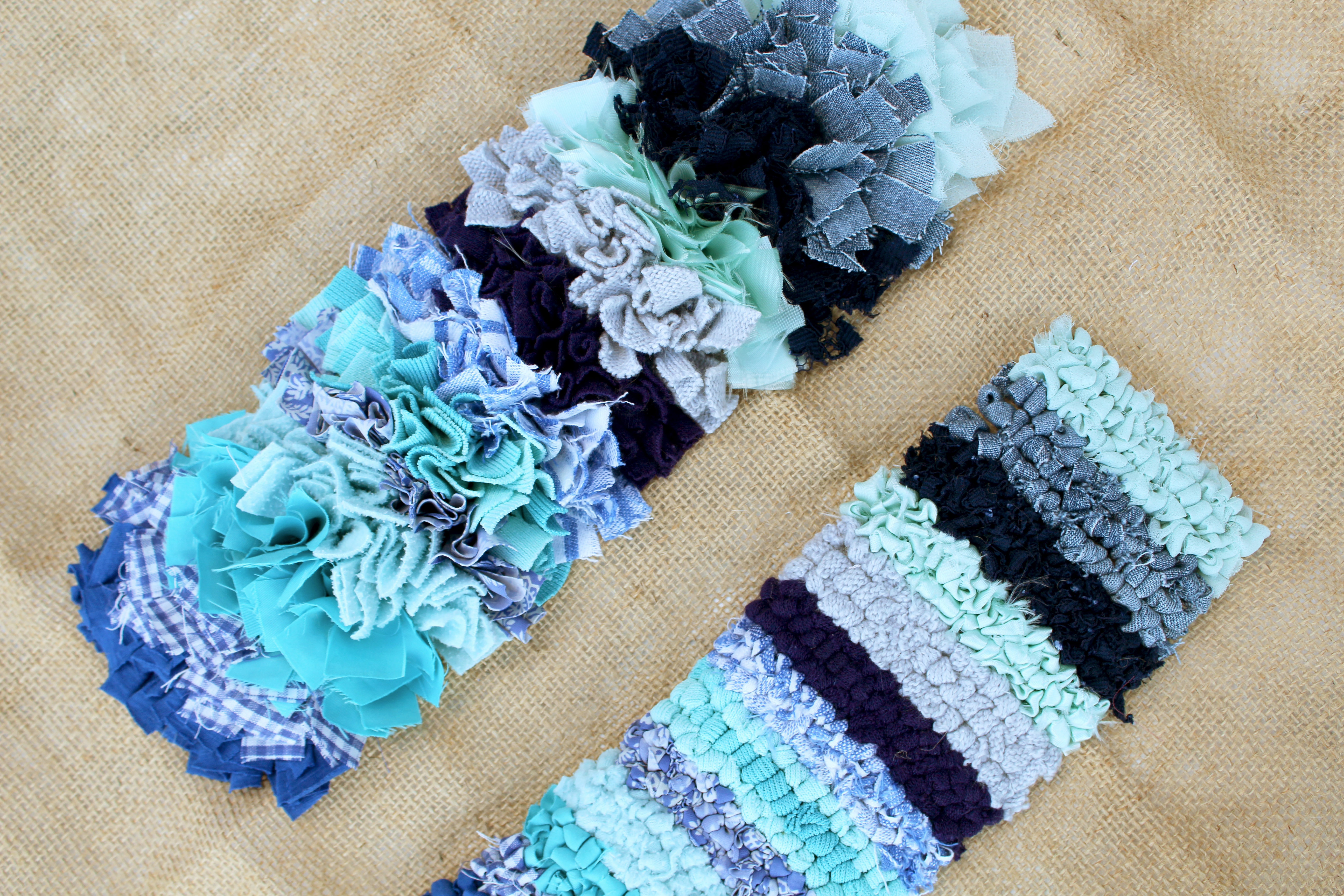
Here you can see how a number of different fabrics look when they’ve been rag rugged in the shaggy and loopy rag rug techniques.
Rag Rug Fabrics:
T shirt/ Jersey Fabric:
If I could, I would quite happily write an ode to the t-shirt. For me, there is no fabric more pleasant and fun to rag rug with. As jersey material tends to be fairly thin and soft, it’s easy to pull through the hessian without getting stuck, but is also thick enough that it doesn’t pull right through to the other side of the hessian – yes, even we know that frustration!
T-shirts come in all different shapes, sizes, colours and qualities but particularly nice ones to work with tend to have a bit of elastic in. These t-shirts don’t shed any fluff when you cut them up (which 100% cotton t-shirts weirdly seem to do) and they create a gorgeous tube effect when shaggy rag rugged (see the rag rug bauble below)…
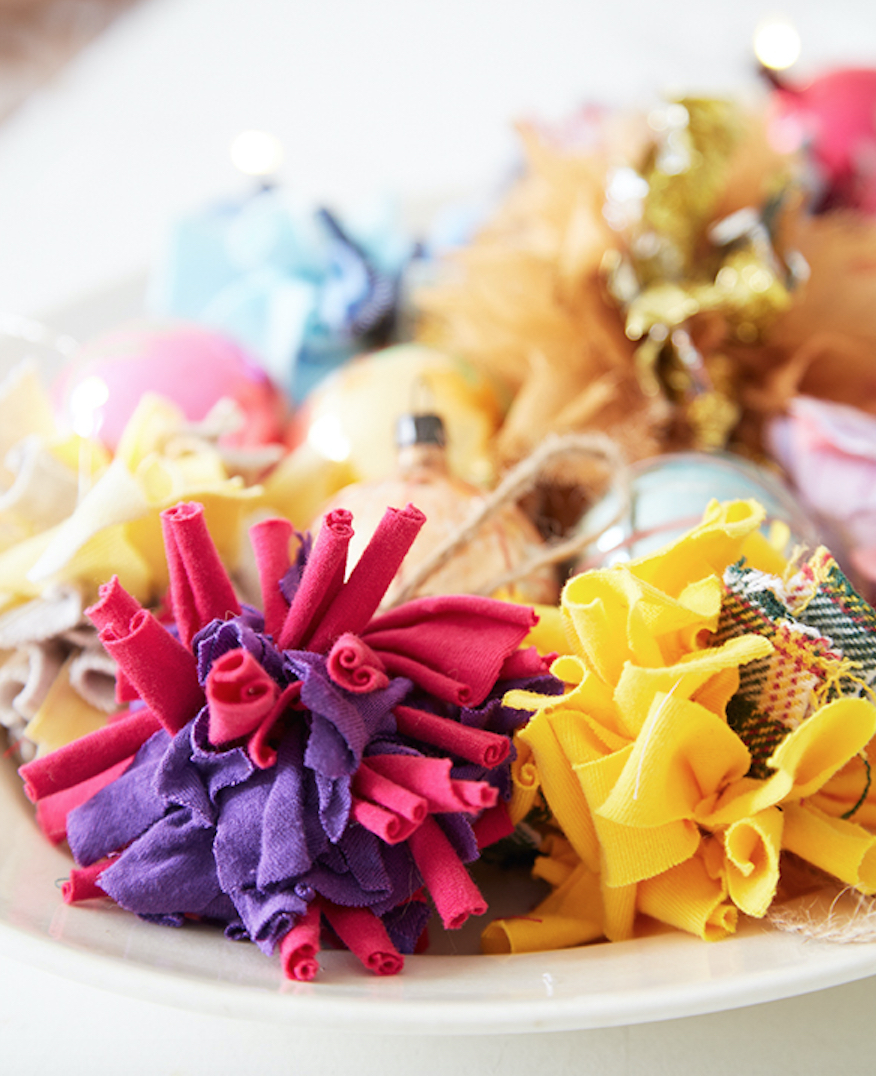
In the pink and purple rag rug christmas bauble, you can see that the t-shirt material has formed tubes because of the elastic in the fabric. The purple fabric is a floppier t-shirt.
There are a couple of very very minor niggles that we have with using t-shirt material in a rag rug. Firstly, t-shirts can be a little fiddly to cut up – before you can get started, you have to dissect them and deal with the seams and lumpy bits. This is only a very minor issue though as there’s no escaping the cutting part of rag rugging and there’s something strangely satisfying about reverse dressmaking (you can see how we break down a t-shirt here).
T-shirt material is an excellent fabric to ground a design. If you’re planning to make a rug then t-shirts should probably make up a good amount of it. It’s never going to be the star of the show but it’s a dream to work with and is an excellent filler. Warning: Rag rug projects can sometimes look a little flat if you use too much t-shirt material so we always recommend that you mix a variety of different textures together for best effect.
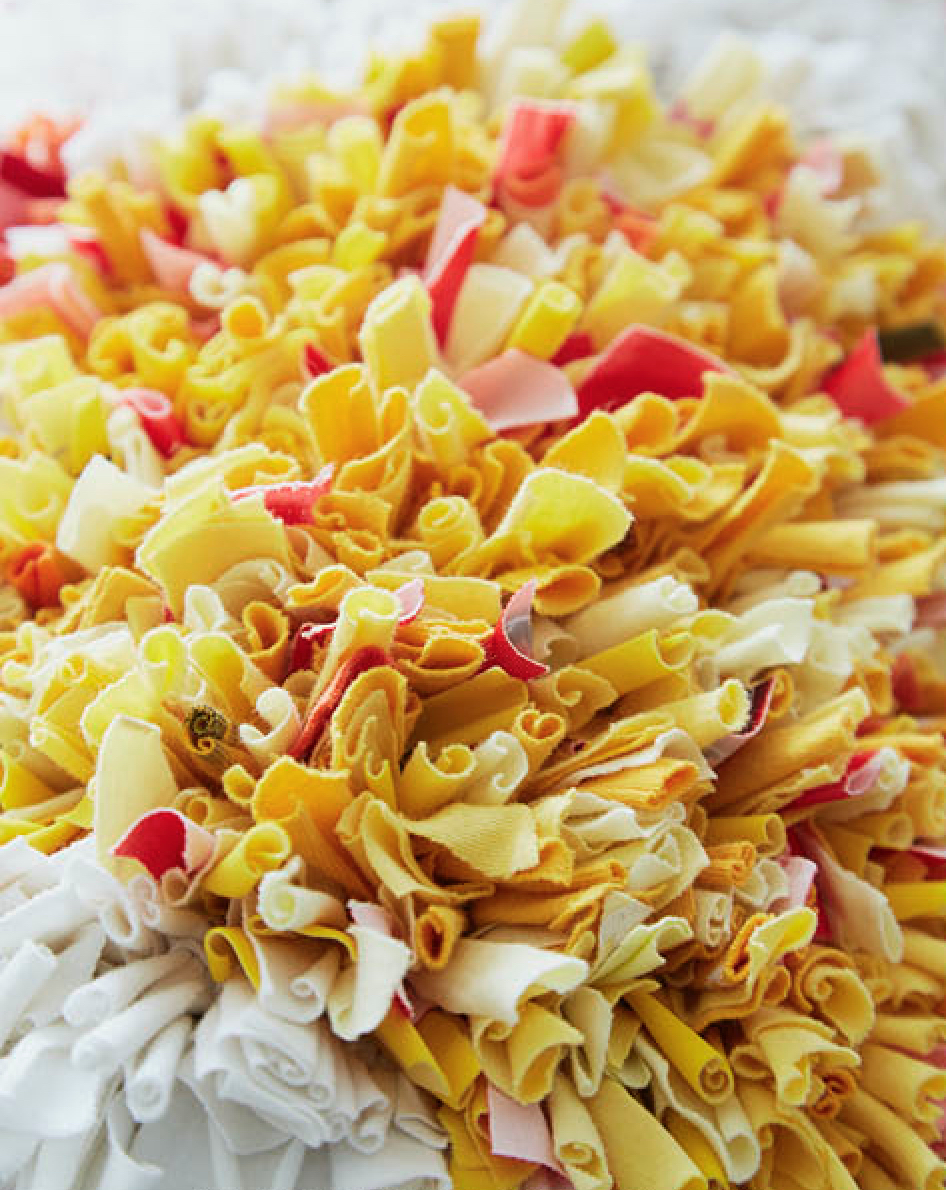
In our cosmic rug we used mostly soft t-shirt material for the base then mixed in other fabrics to add a bit of interest to the design.
Cotton:
Like t-shirt material, cotton is generally a nice fabric to work with as it’s pretty easy to cut and loop through the hessian. It’s very easy to find a variety of different colours and patterns, which makes it excellent for getting the precise look you’re going for – particularly if you hunt through the men’s shirt rail in any charity shop! Offcuts from patchwork, quilting and dressmaking are ideal materials to go into a rag rug too and these are often cotton.
Although fun to use, cotton does tend to fray quite a bit, which can make it a fairly messy fabric to work with. It more than makes up for it’s flaws though because the fraying adds gorgeous texture, which we think enhances any design.
With the shaggy technique of rag rugging, cotton also stands up quite prominently, which makes it particularly good for drawing the eye to key elements in a design. In the trivet below, for example, the trim of the trivet stands out very distinctly because of the stiffness of the cotton. It wouldn’t have worked nearly so well if we’d chosen a floppier fabric.
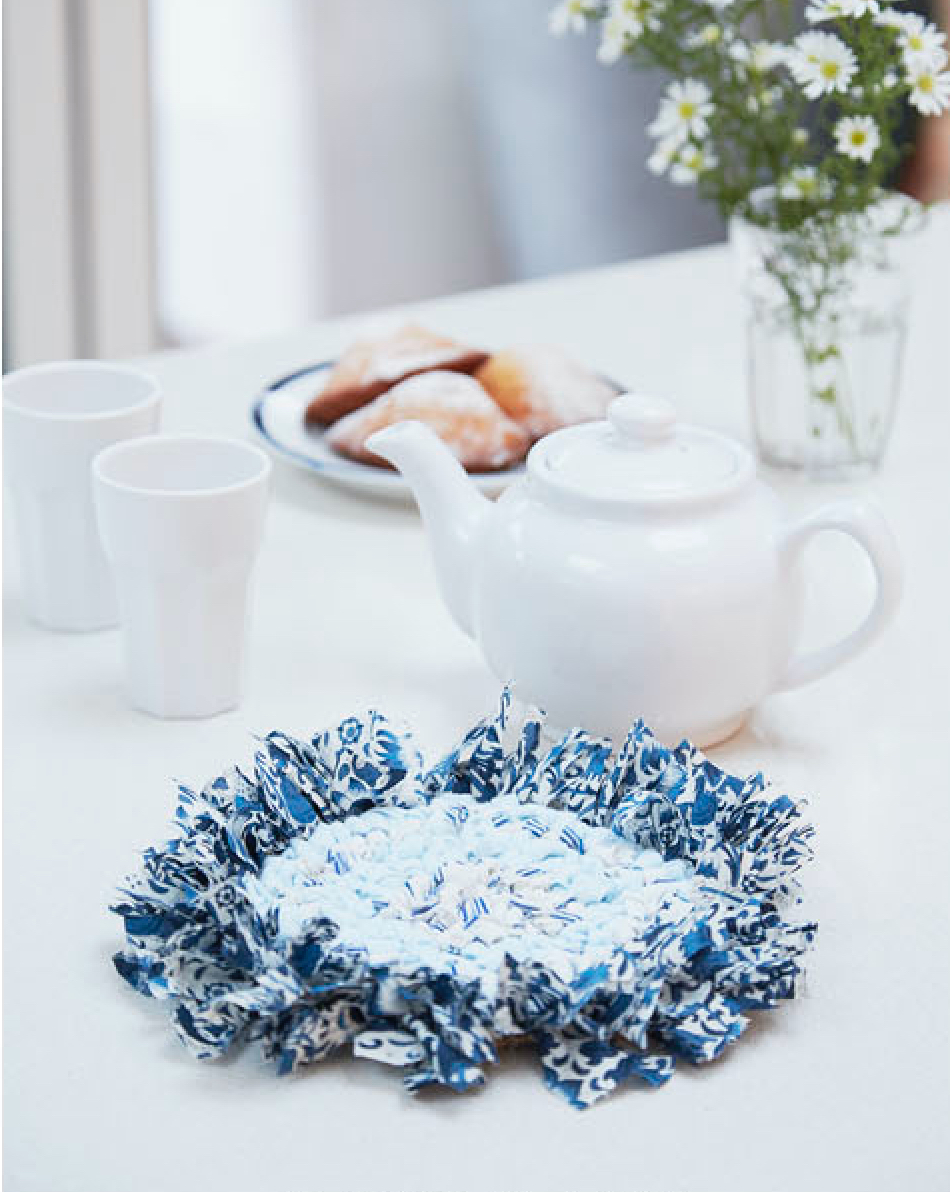
We often use cotton for the outside of our rag rug trivets as the stiffer fabric makes the trim stand up prominently. A floppier fabric wouldn’t carry the design so well.
As with most fabrics, cottons vary in quality, thickness and weave. We particularly like using brushed cotton as it’s the softest cotton to work with, but all forms of cotton work beautifully to create a slightly distressed look.
If you’re making a large rug, we often recommend that you buy old bedding, like sheets or duvets as it’s an economical way of getting a lot of cotton very cheaply and, even better, they don’t have as many seams to cut away – no fussing and fiddling, just fold and cut!
Blanket Yarn:
Our latest obsession is blanket yarn. Made from the offcuts of blanket production in Yorkshire, blanket yarn is an absolute dream to work with for a number of reasons:
1) It’s 100% wool, so is not only super soft, but also excellent quality. It’s an absolute pleasure to work with, and any rug or cushion made in blanket yarn will last for generations.
2) Fabric yarn comes pre-cut into strips, which saves on cutting time. We recommend cutting the strips in half for ease of use and to make them go further, but that takes considerably less time than breaking down any item of clothing into strips.
3) It looks gorgeous when rag rugged. The texture and depth of colour is just lovely. Don’t believe us, check out our Blanket Yarn Inspiration Blog Post here.
4) It’s sustainable. Our blanket yarn is made from offcuts from blanket production in Yorkshire, so you can rest assured that every ball you use is less wastage going to landfill.
5) It goes far. Blanket yarn is thick, which means that it covers the hessian much quicker than most fabrics. This means that you can rag rug further apart and your rag rug creation will be done in no time.
Here are some examples of a couple of projects made in blanket yarn:
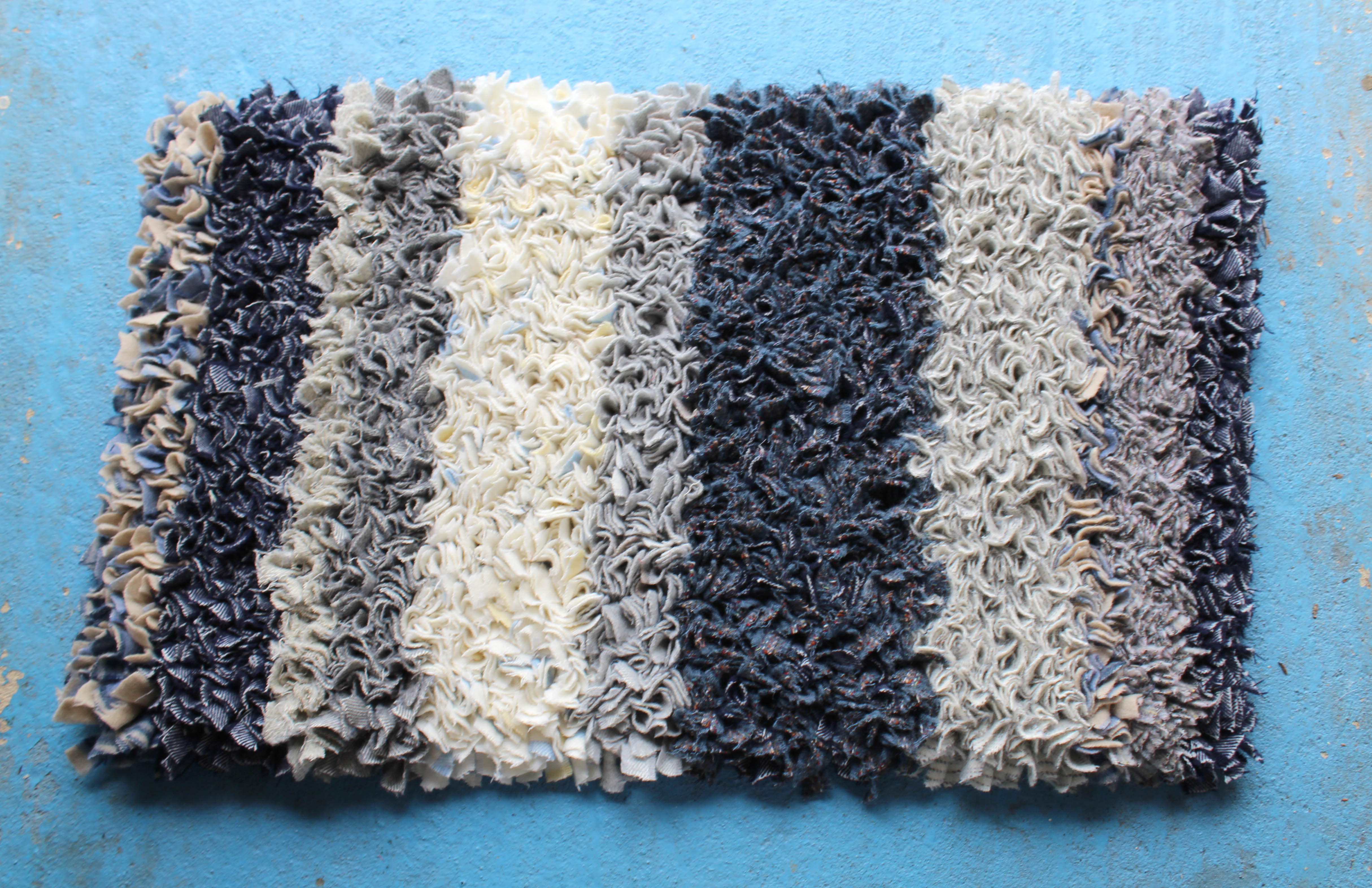
This is the first shaggy rag rug we’ve every made in our lovely blanket yarn. We were so pleased with how it turned out and the fact that it only took 2.3kg of fabric (far less than a normal rag rug takes).
And here is a loopy rag rug cushion made using one ball of blanket yarn:
You can see more of our blanket yarn creations on our Blanket Yarn Inspiration Blog Post or buy it for yourself on the Ragged Life online shop.
Polyester / Synthethic Materials:
In the olden days when rag rugging first started, people would use all natural materials in their rugs because that was what available to them… woollen fabrics, cottons etc… Nowadays, we’re confronted with a whole load of different fabrics, many of which we don’t even know what they are, but that doesn’t matter as they can still be used to rag rug with. Many poly-blends, for example, are actually softer and nicer to work with than the natural materials.
We recommend that you ignore entirely what the fabric is when you’re picking materials for a rag rug and that way you’ll naturally get a variety of different fabrics. Get a feel for the fabric before committing though as some of the thicker synthetic fabrics (like old swim shorts) can be very tough to rag rug with.
Velvet:
In my experience, when velvet is added to any rag rug design, it just works. Velvet adds a rich and luxurious feel to any design which can rarely be matched. We use it a lot in our Christmas wreaths, which adds a more decorative, warm, Christmassy finish… If you don’t know what I mean by this, but if not take a look at the pictures below to get a sense of it yourself. It’s also pretty easy to use as it isn’t too thick.
Velvet generally has a fluffy side and flat side. It can be a little tricky to make sure that the nicer, fluffier side is pointing upwards but you can adjust this by holding the strip facing the correct way up when you rag rug with it.
Neoprene (old swimming costumes):
Old swimming costumes can be quite a nice addition to a rag rug piece as the neoprene (I think that’s what they’re made of?) is soft and easy to work with. This smooth fabric is easy to pull through the hessian whichever technique you’re doing and can really stand out as a different and interesting texture in a rag rug project (it often tubes up in the same way as t-shirt material).
Another great thing about using old swimming costumes and bikinis is that they’re often really fun and interesting colours and designs. They’re generally bright and can inject a bit of fun into a design.
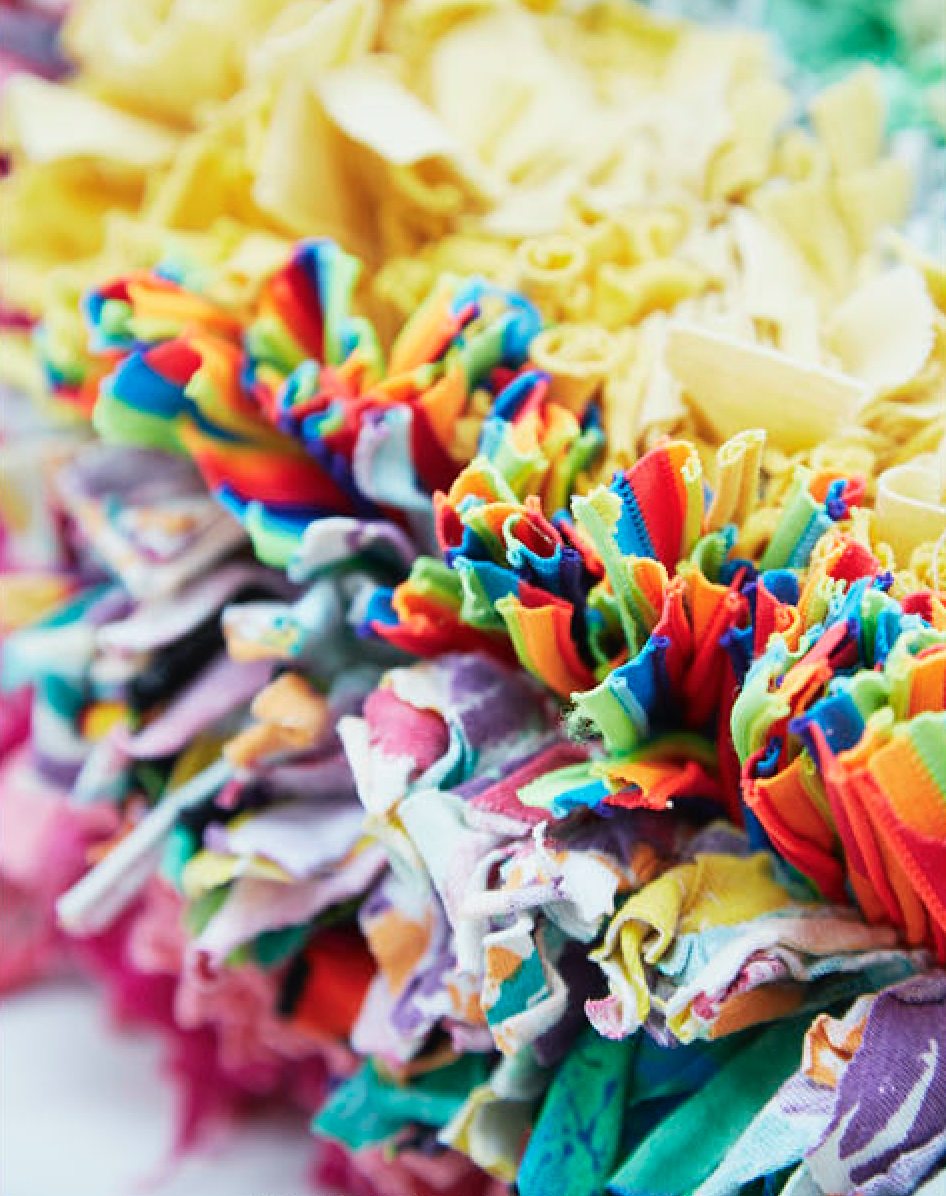
We love rag rugging with old swimming costumes as they’re super soft (so work well for both rag rug techniques) and tend to come in gorgeous colours and patterns.
Chiffon:
Although it can be a little tricky to rag rug with, chiffon is definitely one of our favourite materials to inject lightness and texture into a piece. It gives a slightly floaty, ethereal look which is a great counterpoint to flatter fabrics such as t-shirt material and cotton. The lightweight quality of chiffon means if you were making a flower like the one below, the petals sit up rather than flopping down as the fabric keeps its shape even when it’s forced through the hessian.
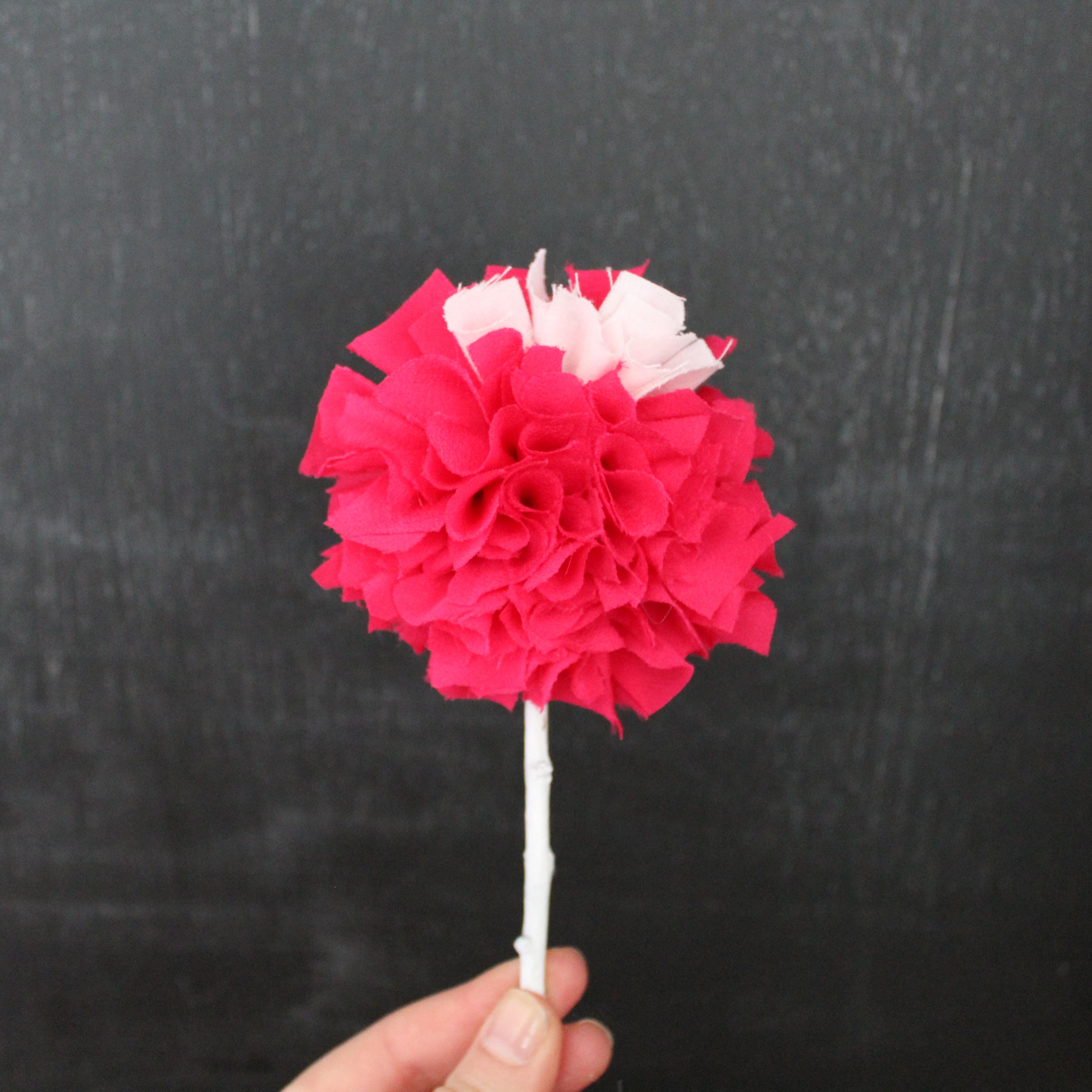
The rag rug bouquet is made up of a number of individual rag rug flowers like this one made of chiffon using the Rag Rug Spring Tool.
Although chiffon is great to work with, it’s much thinner than most of your average fabrics which means you need to rag rug closer together to compensate. This makes rag rugging with chiffon more time-consuming but it’s worth the effort as few fabrics create such a beautiful and unique effect. Another quality to look out for with chiffon is that many people find themselves getting a bit tangled up as the hook gets caught in the fabric itself (which is a very fine mesh). Don’t worry, that happens to even the best of us from time to time – you’ll soon get over the cack-handed phase.
Linen:
Linen isn’t the easiest fabric to work with, as it’s slightly thicker than some of the fabrics we’ve covered above. It has quite a rough textured feel to it which can make it difficult to ease through the hessian. Rag rugging with linen isn’t for the faint-hearted as it does shed quite a bit when worked but for the right colour, it’s worth the agro as it adds texture and depth to a rag rug creation.
Lace:
Similarly to chiffon, lace adds such a decorative, pretty touch to any rag rug project. It makes things look more feminine and complex. We particularly like using lace when we want the texture to do the work for us so we use it in blocks of colour to break up the monotony and surprise and delight someone when they come across it in a design. Lace looks particularly good in smaller pieces of rag rugging, like bags, stockings and wreaths, as the texture is more noticeable and appreciated than in a larger piece where it may be lost amongst the mishmash of fabrics.
Although it gives a lovely effect, lace isn’t one of the easiest fabrics to work with as the rough edges make it difficult to pull through the hessian and the latch hook can sometimes get caught up in the holes of the fabric.
Knitted fabrics (e.g. tights and knitted jumpers):
We like using natural materials in our rugs when we can get our hands on them as they give an earthier, homemade feel to any rag rug project. There’s a common misconception that knitted fabrics can’t be used to rag rug with, but I’m telling you now, they can 100% be used as long as the weave is tight enough that it won’t completely disintegrate when it’s cut. If you’re unsure whether a knitted fabric is tight enough, you can put it in the washing machine on a boil wash to tighten everything up before cutting it.
Knitted fabrics are great for covering the hessian quickly as the thickness of the fabric means you can rag rug further apart, but the thickness can also make it difficult to pull through the hessian so it’s a double-edged sword. On balance though, we enjoy using knitted fabrics as they make for super soft rugs and cushions. Depending on whether you cut with the stretch or against it, knitted fabrics sometimes curl up into little tubes which can look quite cute.
Non-fabric materials:
You may be surprised to learn that non-fabric materials are used a fair bit in our rag rugging endeavours. Shiny sweet wrappers are a good one for adding a metallic effect that catches the light and shimmers. Again, this is a good one for Christmas wreaths – especially as you may be making one at December time when you’re bound to have quite a few spare sweet wrappers laying around.
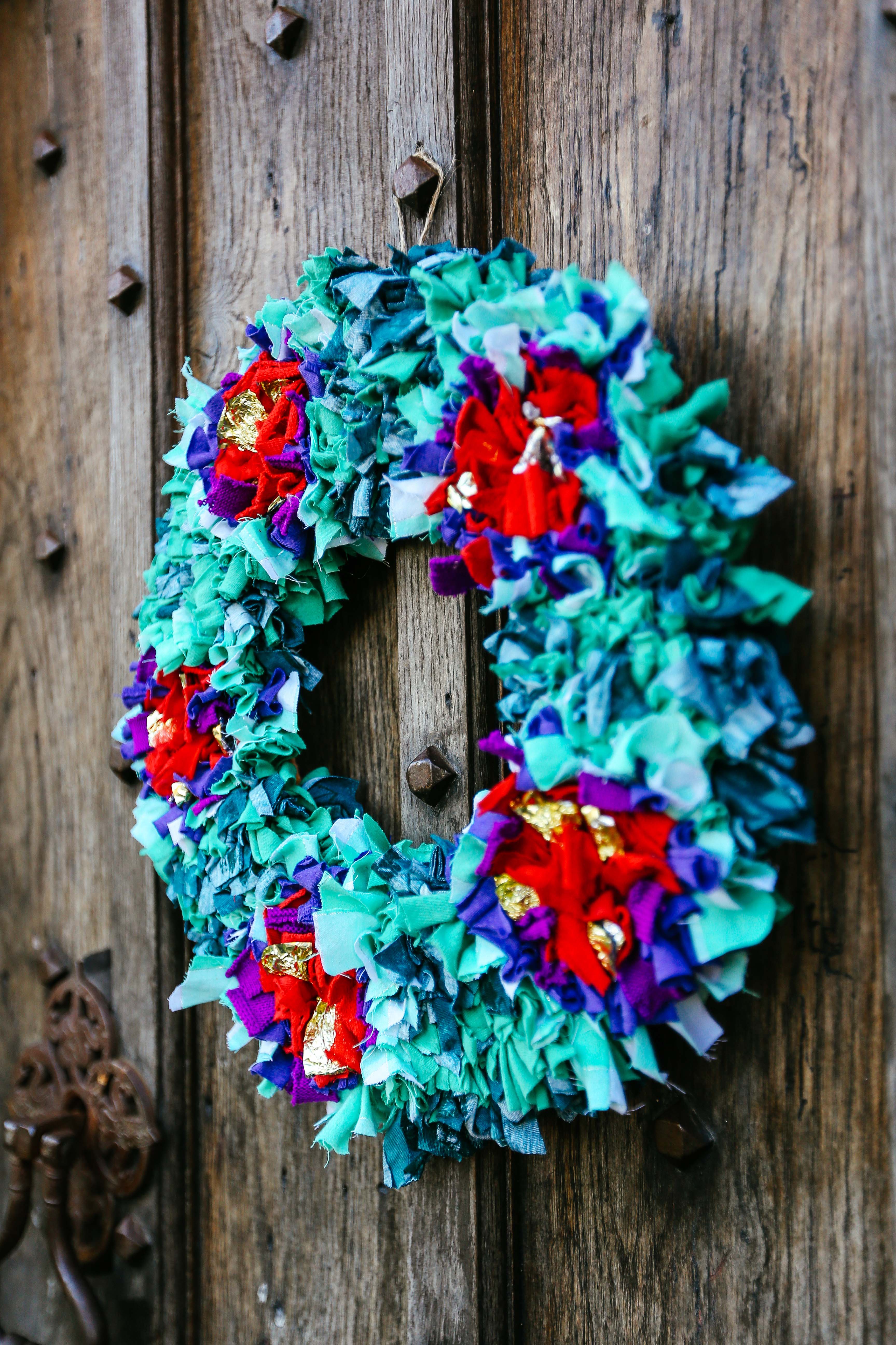
Here we used gold toffee wrappers in the centres of the red flowers of the wreath to give a bit of shine to the design.
We’ve also used plastic bags, tinsel, wrapping paper and ribbon in our rag rug creations.
Using non-fabric materials adds different textures and patterns to a rag rug design. Just be careful not to over do it and have your piece looking like it was salvaged from a dump.
Denim:
If you’re set on creating a gorgeous denim creation you may be sat in despair seeing how far down this list it is in terms of difficultly. However, all hope is not lost! It has been done before (as my denim and shirt rug “Rag Rugs, Pillows & More” shows) and it can certainly be done again!
Although it can be used eventually, we never recommend denim for rag rug beginners, as it’s by far one of the trickiest materials to use. Denim was made to be sturdy and hard-wearing which means it’s thick and not very pliable – both factors which make rag rugging harder to do. You also can’t underestimate how hard it is to cut up into strips in the first place – even our super duper Rag Rug Scissors can only get through four layers which is really saying something.
If you’re looking for the look of denim without the pain then we recommend seeking out thin, soft denims. These are really nice to work with and give the same gorgeous look. Mix different shades of denim together (like above) to bring out the best of the material.
Upholstery fabric:
I rarely say that I dislike working with a fabric but if I had to choose one, it would be upholstery material and I wouldn’t really recommend it for either rag rug technique. It tends to be thick, which means that it doesn’t bend and fold as well as you’d like for a good rag rug material. Upholstery fabric frays even more than cotton and linen (large strands which are hard to ignore) and is one of the least soft fabrics to work with. Even the experts steer clear of this fabric so maybe do yourself a favour and give it a miss for your next project 🙂
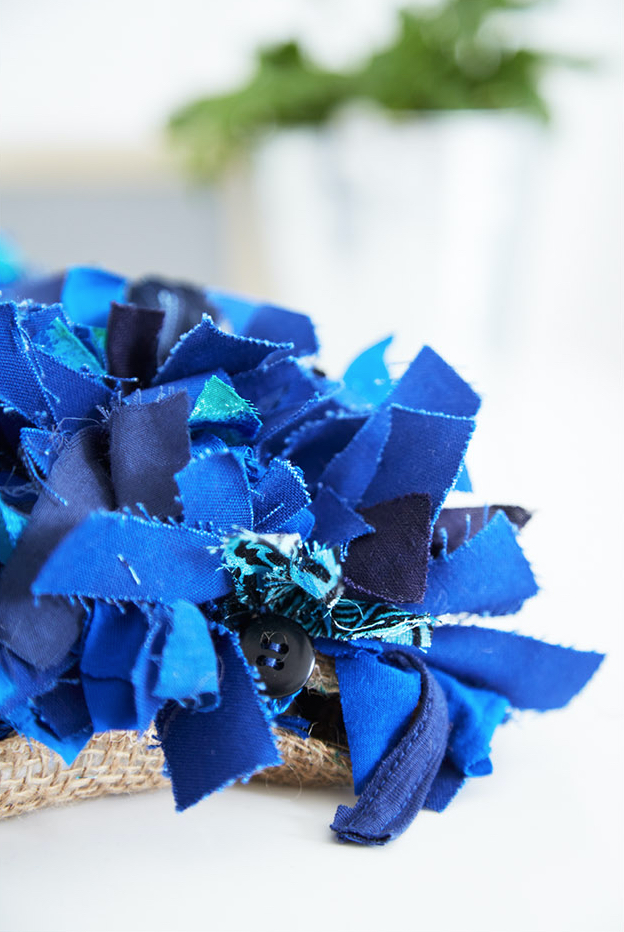
Upholstery fabrics are not particularly nice to rag rug with as they are thick and don’t like to bend.
Conclusion:
So, if you’ve made is this far then you’ve done well and you should definitely give yourself a pat on the back. My final words of wisdom are:
- Always mix different fabrics together in a piece if you can – almost 100% of the time it will make things look better.
- If you’re not sure how easy a fabric is going to be to work with, try scrunching it up in your hands. If it scrunches up easily, it will be nice to rag rug with, but if it fights you then it’s going to be a tricky material.
- Have fun and experiment with fabrics – you’ll soon find out which fabric you like and which you don’t.
Of course, this isn’t a list of do’s and don’ts. As we’ve said time and time again, any material can be used if you’re willing to put the time and effort in- basically, there are no don’ts. I’m sure many wonderful denim and upholstery fabric creations are just waiting to be made.
Fancy getting more rag rug inspiration, tips and tricks? Why not join our Rag Rug Community on Facebook for advice, resources and gorgeous rag rug photos: https://www.facebook.com/groups/RagRugCommunity/
Or connect with us on social media at:
Instagram: https://www.instagram.com/raggedlife/
Facebook: https://www.facebook.com/raggedliferagrugs/
Pinterest: https://www.pinterest.co.uk/raggedlife/
Twitter: https://twitter.com/raggedlife
Happy rag rugging everyone!
Elspeth x
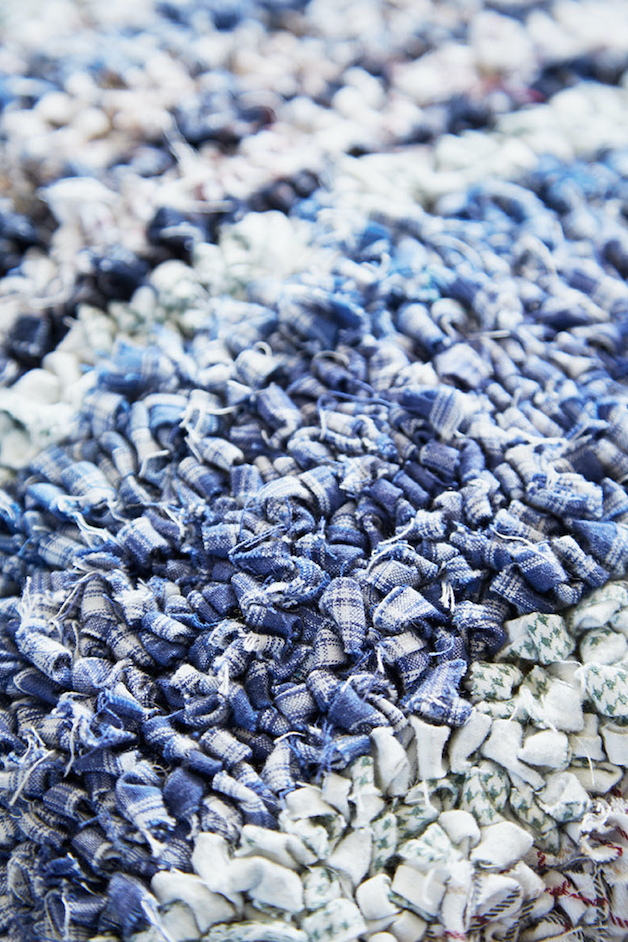
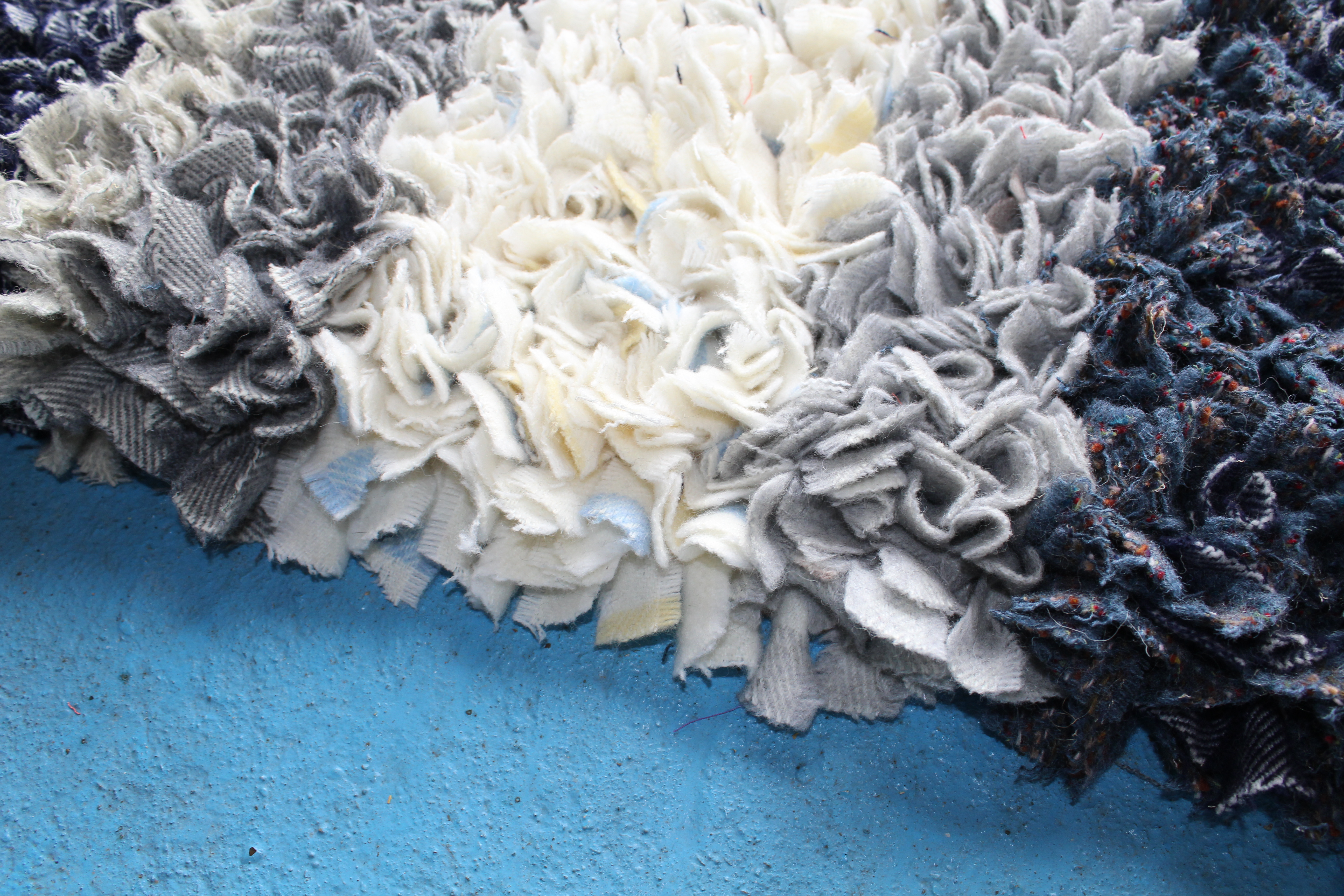
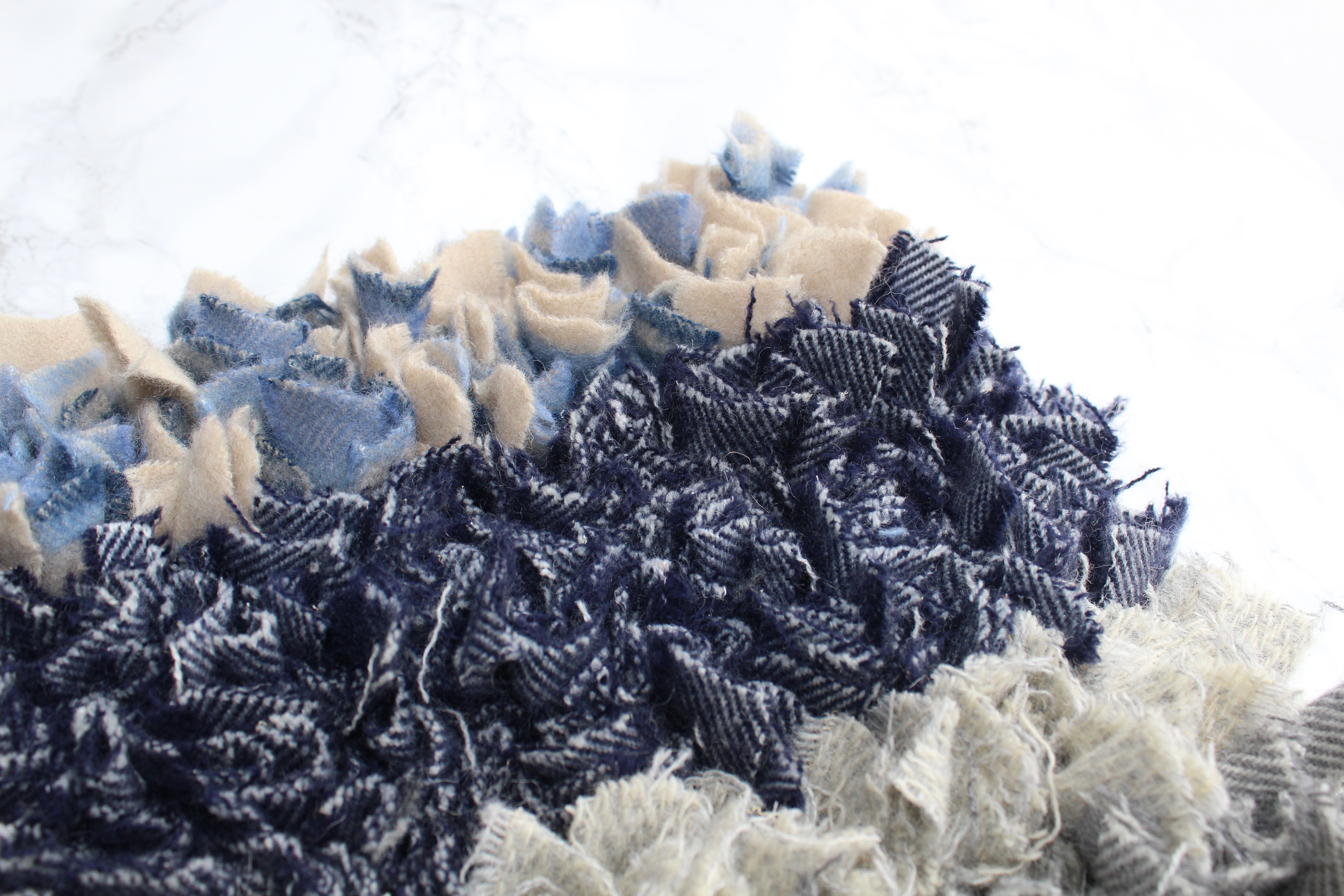
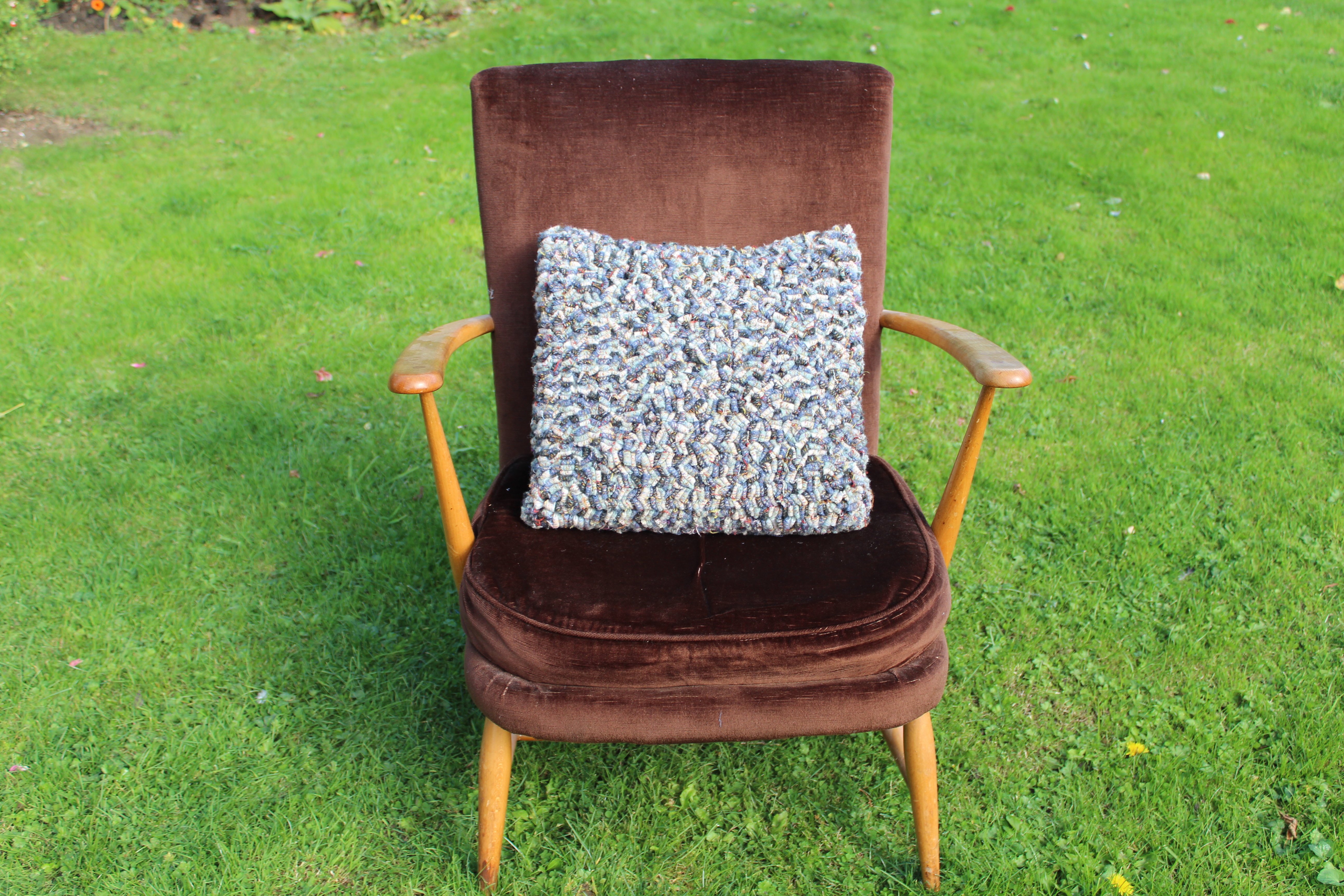
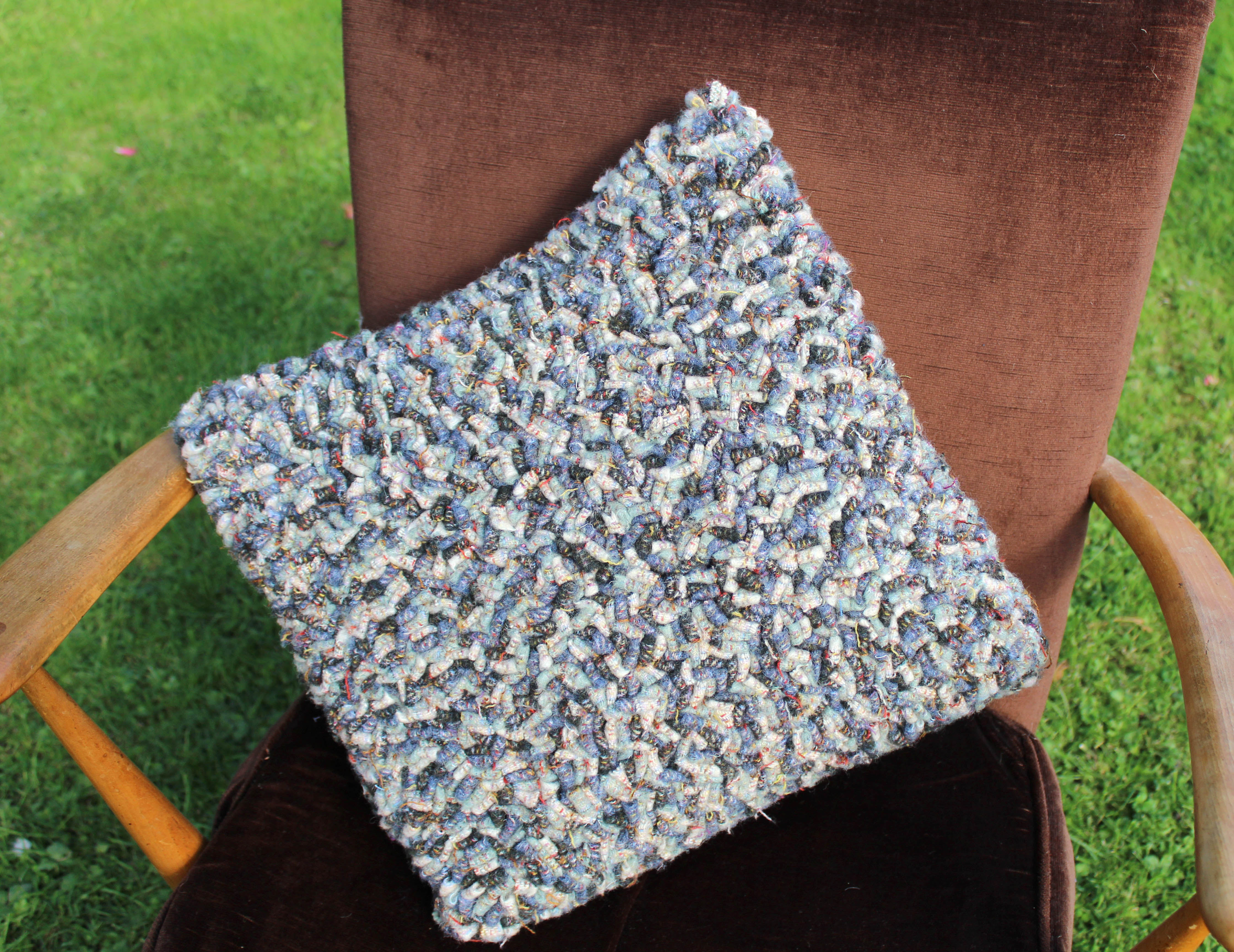
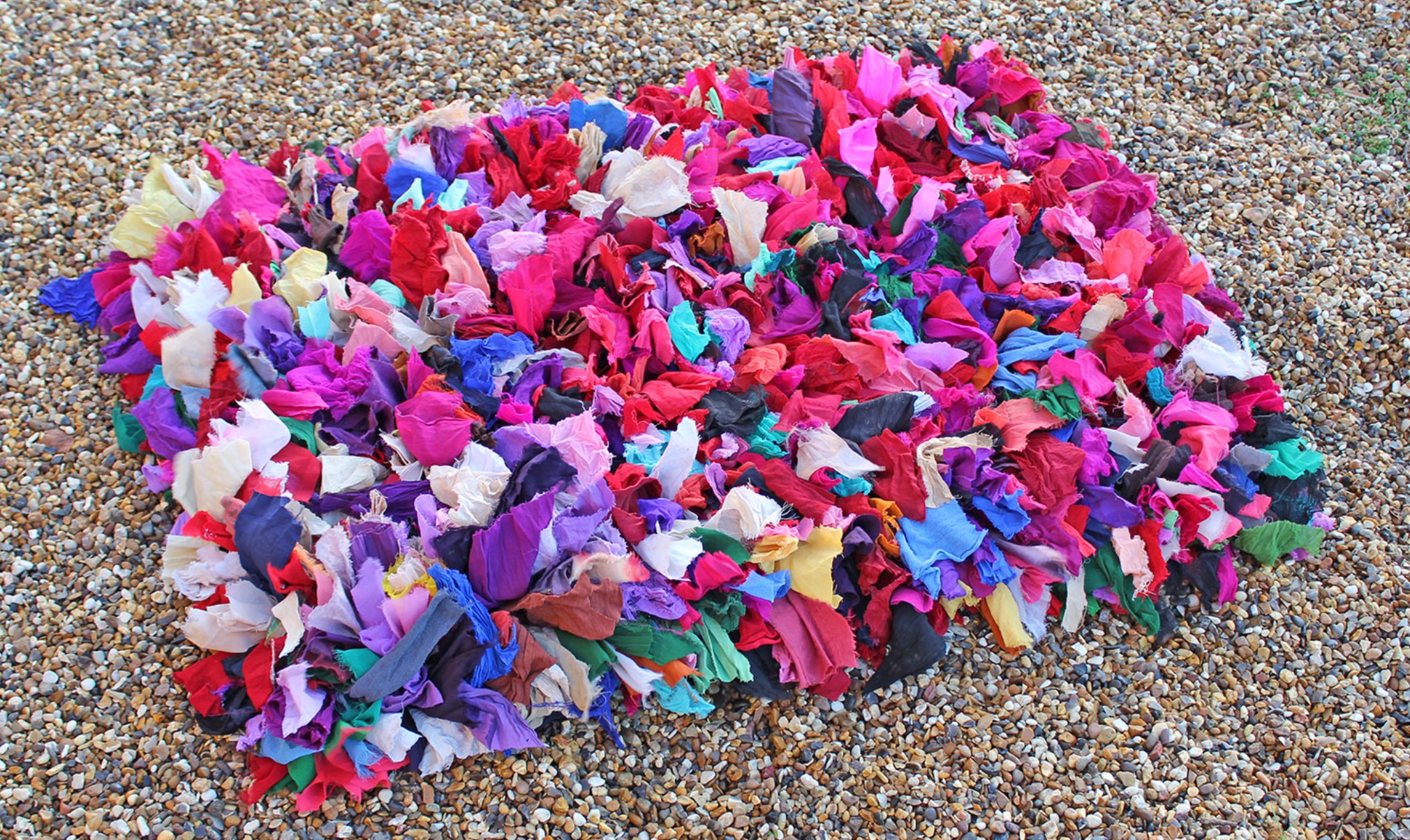
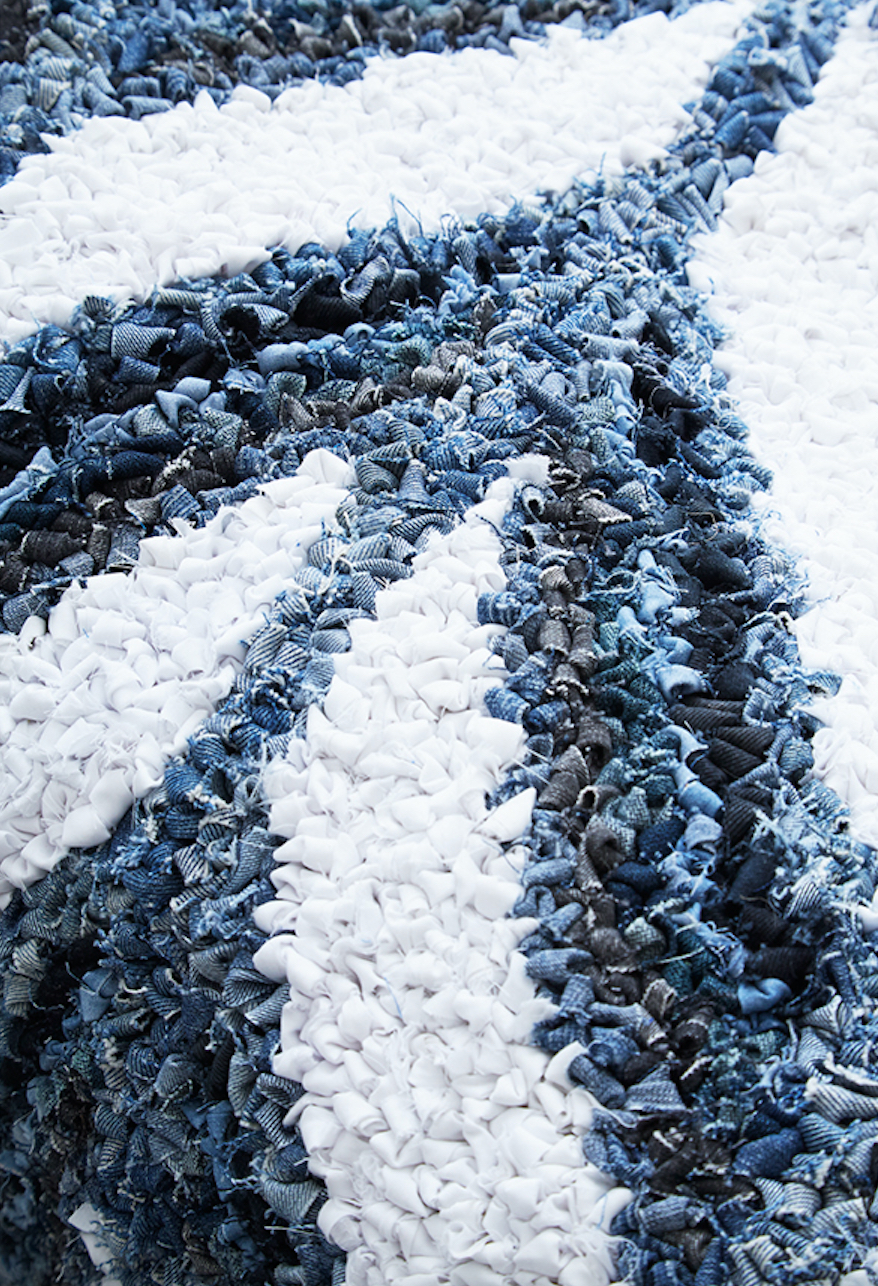
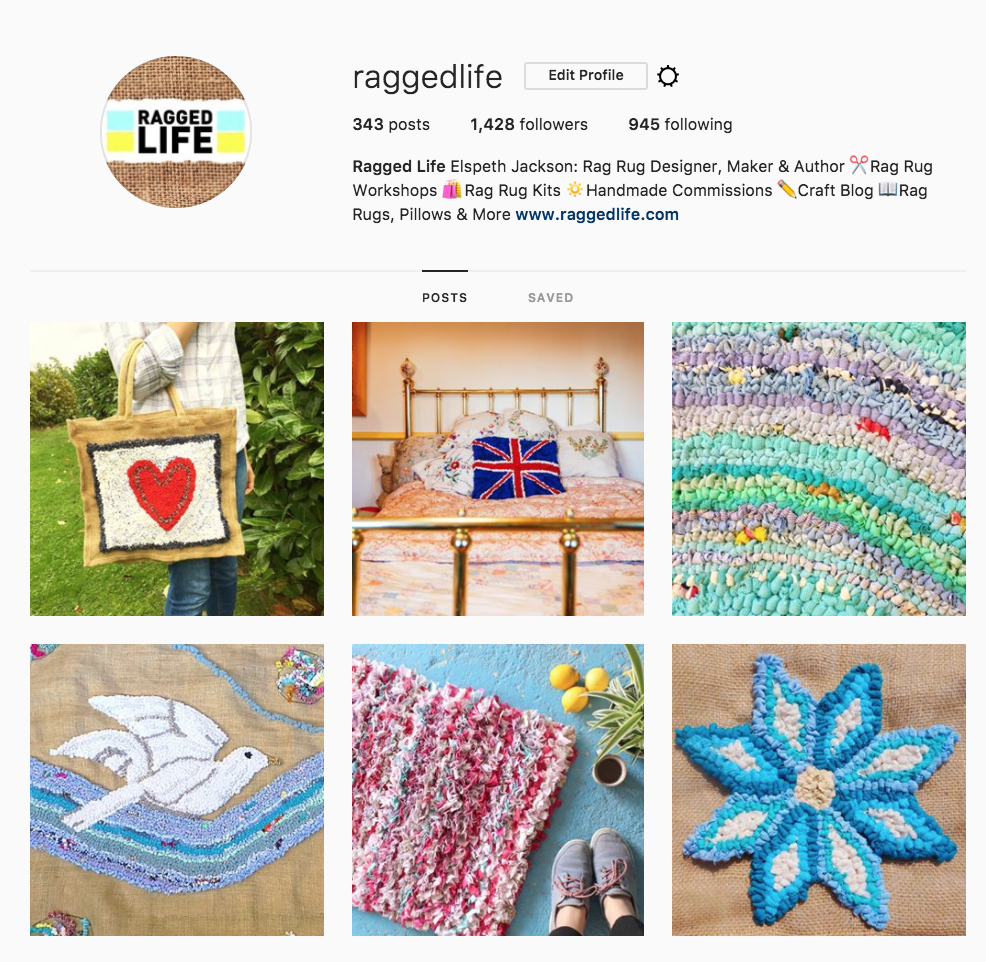
What is the backing material?
Hi Alison, we use hessian (burlap) as the backing material.
[…] http://raggedlifeblog.com/rag-rug-fabrics/ […]
I am just about to start rag rug making, so I am devouring information ready to commence. It seems very exciting, sorting, choosing fabrics to make into a rug. Thanks,
Hi
I have a load of lining material from a jacket used for ragging. It’s VERY slippery and won’t stay put. Any advice please Raggers, or should I just give up?!
[…] using easy fabrics like jersey or cotton to begin with. You can read our fabric recommendations here. Six men’s shirts will fill the cushion face, or about 300-350g of our 100% Wool Blanket […]
[…] to learn more about fabric usage or to see how certain fabrics look when rag rugged, read my “Rag Rug Fabrics – What can and can’t be used” blog post or watch my Fabric Usage YouTube […]
What about microfiber cloth? Super absorbent but not sure if it cuts well? Any thoughts?
What about microfiber cloth? Super absorbent but not sure if it cuts well? Any thoughts?
[…] To make the flowers in the wreath look particularly great, use rich fabrics such as velvet or shiny fabrics to make them really pop. You can read more of our fabric tips here. […]
I want to make a large rug but I want to go with a softer material I like working with fleece and making blankets would fleece work for a rag rug as well? It cuts nice doesn’t fray easy to work with but wanted opinions! I feel for a large rug something comfy on the feet will be best for the living room and we’ll fleece is just that soft comfy and I imagine would be quite full looking! Hoping for some feedback!
Hi Samantha, fleece is really lovely to work with when rag rugging. It’s really soft and doesn’t fray. It does, however, look a little one-dimensional when you use just fleece in a rug. Have you considered using a mixture of fleece and blanket yarn? Both are very soft and thick so you’d get a very plush rug. Hope that helps! Elspeth
[…] personal. If, however, you would like some advice on what fabrics we recommend, head over to our Rag Rug Fabrics – What Can & Can’t be Used Blog Post or pick up some of our pre-cut 100% Wool Blanket Yarn over on the Ragged Life Shop (trust us, […]